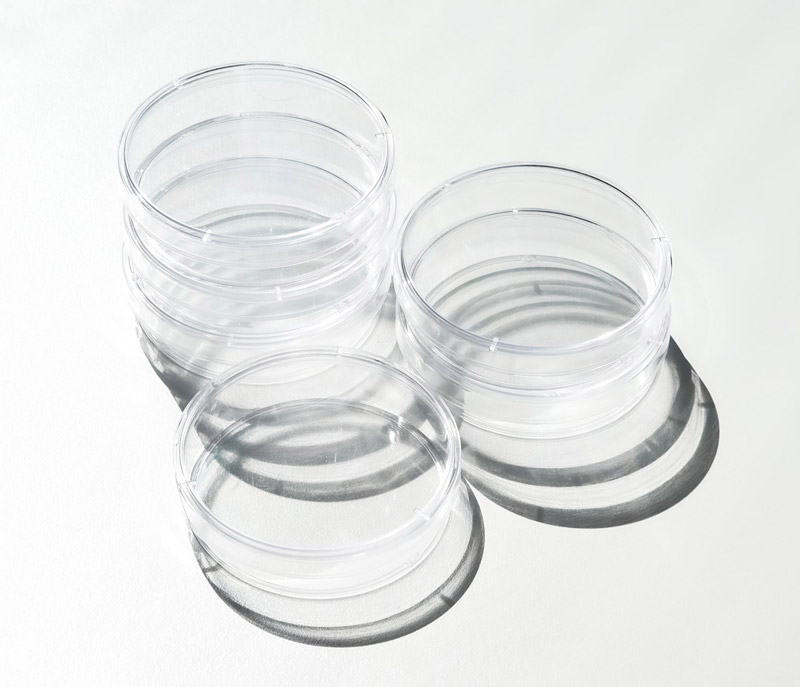Integrated Experiment involves nine countries
Integrated Experiment involves nine countries


Click on the player to listen to the story.
Seeking reasons is one of the ways for a researcher to fulfill their role. The eagerness to find out “why,” to understand more and more the laws of nature and the universe inspires PRÓ-VIDA participants to carry out a series of activities and studies in the Laboratory department. Among these projects are the integrated experiments, which gather people worldwide to work, simultaneously, in the same research.
Imagine more than 800 participants in nine countries, with different languages and time zones, synchronizing their clocks to start the experiment at the exact same time, using standard kits and following a single protocol. And more, the academic researcher and the child, with their innate curiosity, participating together. How is that possible?
Joining for a single purpose: knowledge. And the attraction is almost instantaneous.
The process of an integrated experiment is divided into three steps, all taken with scientific rigor.
After defining the objectives, the first step is experiment planning, which can take up to a year or more, depending on the project. The team draws up the research protocol led by PRÓ-VIDA members, whose participants include recognized researchers in academia. Among other aspects, they define the materials to be used, the method, the variables to be observed, and the procedure for recording.

Despite following high academic standards, the experiments are designed to be simple to carry out – they are possible for everyone. This simplicity is the basis for the second step, called implementation, which has one characteristic: diversity. There were 83 PRÓ-VIDA laboratories worldwide participating in the latest integrated experiment, which is in its final step, adding value to the tests for academic validation because it is possible to replicate and reproduce the experiment in different climatic conditions and geographic locations. For example, while some researchers from a city with hot and dry weather are recording the results, others are simultaneously carrying out the same study in a city covered in snow.
The implementation step can take days or even weeks. It involves both research specialists and people who are going through the research experience for the first time. Each one has a role to play, and everyone seeks to provide their best. Hundreds of people around the world sharing a purpose, working physically and mentally for that common goal.
In the third step, data is compiled by specific sectors of the Laboratory department. The records of images, notes, reports, and tables generate a huge mass of information. For example, there were more than 3 thousand photos and 6 thousand sample points in the latest integrated experiment. The teams analyze them following consolidated techniques and interpret all perspectives, measure and deliberate the final conclusions of the experiment before its disclosure.

83
cities

6.000
sample points

3.000
photos
People involved in the integrated experiment act as observers who verify and seek to test hypotheses. The conclusions may or may not validate them. And when the result differs from that expected? They also look for the reason. Not every seed germinates when and how we want, but when it is ready for life.
History
The first integrated experiment at PRÓ-VIDA was conducted in March 2003, with PRÓ-VIDA participants in 34 cities around Brazil. Five months later, there was a second study including participants from Argentina, Chile, and Portugal, as well as Brazil. Today, this process takes about two years, between planning, implementation, and results analysis. Now, the teams are working on the ninth experiment, involving more than 800 people in 83 PRÓ-VIDA laboratories in nine countries from the Americas, Europe, and Asia.









